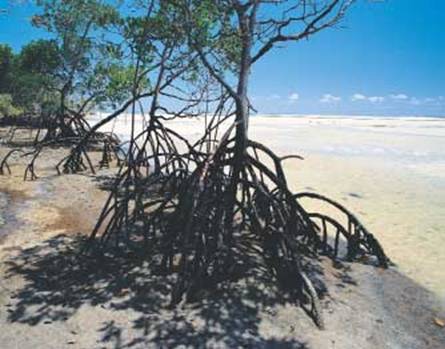What is an MPA?
Who knows the most about MPAs?
Who creates MPAs?
Best Links

Q: What is an MPA?
A: An MPA is a Marine Protected Area. Think of MPAs as being the underwater equivalent of National Parks.
That’s the simple answer. And that’s where the simplicity ends. There are many different terms in use today such as marine reserves, marine sanctuaries, federal threatened/endangered critical habitats, wildlife refuges, national estuarine research reserves….. the list goes on and on.
But at the broadest level, let’s just go with the idea that MPA encompasses all of these variations. It’s a broad, umbrella term referring to any form of protection for the ocean. The official U.S. definition of an MPA is:
“Any area of the marine environment that has been reserved by Federal, State, territorial, tribal, or local laws or regulations to provide lasting protection for part or all of the natural and cultural resources therein.” - Executive Order 13158, May 26, 2000
The World Conservation Union defines an MPA as:
“Any area of the intertidal or subtidal terrain, together with its overlying water and associated flora, fauna, historical and cultural features, which has been reserved by law or other effective means to protect part of all of the enclosed environment.”
— The World Conservation Union. 1988. Resolution 17.38 of the 17th General Assembly of the IUCN. Gland, Switzerland and Cambridge, UK: IUCN.
But there’s lots of variation in the definition of MPAs by various groups. It just goes on and on.
Q: Who knows the most about MPAs?
A: Hard to say, but..
Clearly one of the major world resources for MPA information is the National Marine Protected Areas Center, created in 2000 and headquartered in Silver Springs, Maryland. The U.S. Department of Commerce and the U.S. Department of the Interior implement MPA Executive Order 13158 through the National MPA Center.
Q: Who Creates MPAs?
A: Many different levels of state and federal government.
Federal, state, local governments, tribes, and territories have a mandate to designate MPAs through many different laws.
Some examples of existing federal MPA legislation include the National Marine Sanctuaries Act, National Wildlife Refuge System Administration Act, National Park Service Organic Act, National Historic Preservation Act, Wilderness Act, Magnuson-Stevens Fishery Conservation and Management Act, Coastal Zone Management Act, Endangered Species Act, Marine Mammal Protection Act, National Environmental Policy Act, Outer Continental Shelf Lands Act, and others.
States and local governments can designate MPAs in numerous ways via general resource laws, special area designations, coastal management, land use governance, parks and recreation codes, fish and game provisions, historic preservation laws, and environmental policy.
Best Links
US Government
Current MPA News and Information
More (NGOs, International Groups, and Fishing Groups) MPA definitions and information
|

